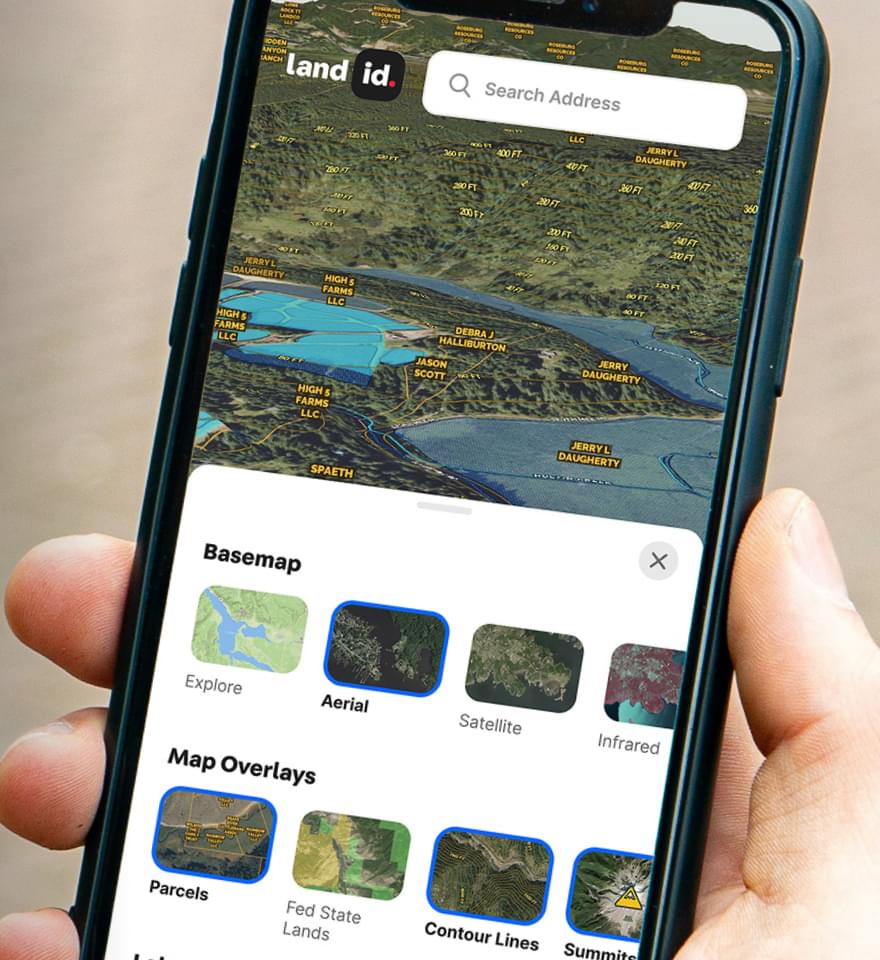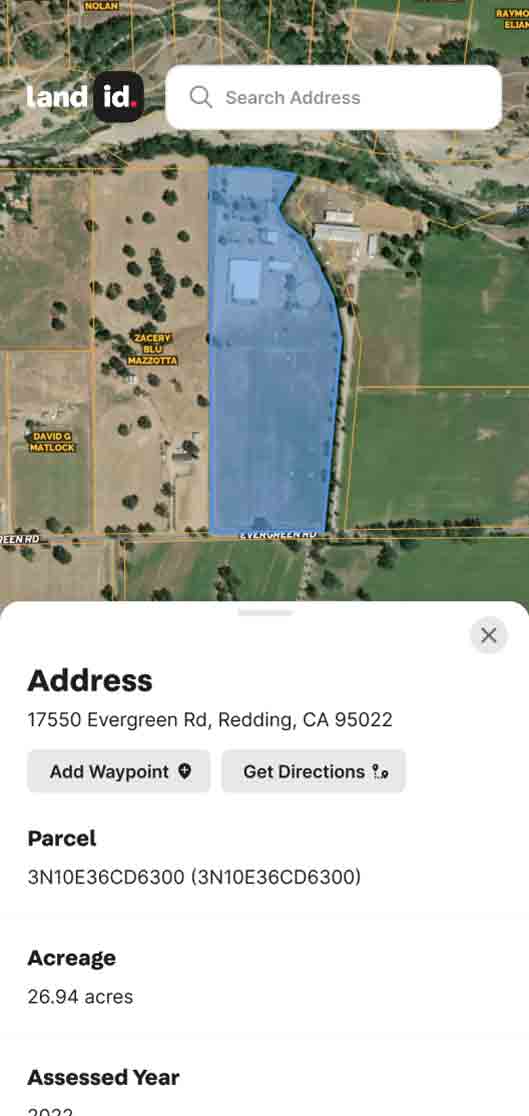If you’ve ever worked in engineering, construction or land surveying, you might have run across a very frustrating and confusing problem: the lack of a standardized measurement for the foot. There are two versions you’re likely to encounter. Engineers have used the international foot - the one we’re taught in school - for projects for several decades in the US. Meanwhile, many surveyors still use the US survey foot.
The difference between the two measurements is infinitesimal. In a measurement of 1 million feet, for instance, the difference would only be 2 feet. Over long distances and in projects in which measurements must be precise, this difference can add up.
Tripping Over Our Feet
Typically the exact coordinates of buildings and property boundaries in the US are rendered in meters, so when surveyors or engineers are mapping property or making construction plans, they will convert these meters into feet. This is where problems can arise. One international foot equals 0.3048 meters, while one US survey foot equals 0.3048006096 meters approximately.
Not only can this cause problems at the time you’re taking measurements and planning infrastructure, but people may reference your maps or plans in the future using a different length of measurement and really confuse themselves.
The difference in the two feet may be minuscule, but the problems it can create are not. 62% of attendees of a National Geodetic Survey Webinar blame the disparity on issues in their work. Installing infrastructure in the wrong location, making last minute changes during construction jobs and contending with a lot of confusing math conversions are not uncommon occurrences.
Finding Even Footing
Thankfully, there is finally a solution to this persisting problem on the horizon. By 2023, the US survey foot will officially be retired and relaxing on a beach somewhere, and the international foot will be the new standard for both engineers and surveyors. For a few states such as Montana, North Dakota, Michigan, Oregon, Arizona and South Carolina, this will just be business as usual. For surveyors in the rest of the US, they’ll have to get comfortable with a new foot.
This change is not happening without controversy. People feel very strongly about their feet, especially the US survey foot, but once everyone can get on the same page, engineering projects will run much more smoothly. Now, we just need to get everyone in the US to start using the metric system....should be easy, right?
Land id® (formerly MapRight) makes property mapping even easier for engineers, surveyors and anyone else with an interest in geospatial issues. If you’re looking for a powerful GIS tool that you can take into the field with you, start our free 7-day trial today, and make your first map in minutes!

Continue Reading





